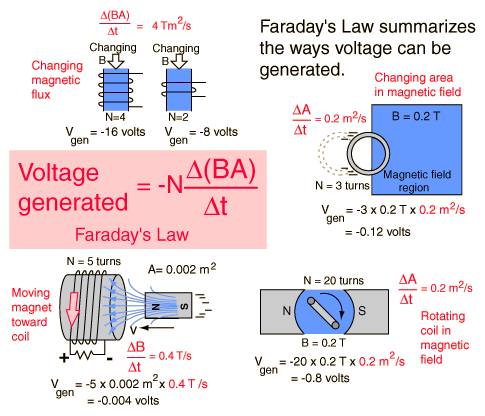A cylindrical iron rod of infinite length with cross-sectional area

is oriented with its axis of symmetry coincident with the
z axis of a cylindrical coordinate system as shown in the figure. It has a magnetic field inside that varies according to

. Find the theta component

of the electric field at distance

from the
z axis, where

is larger than the radius of the rod. (Shown in the figure)

I have the answer...

=

My professor did this in class and said that *hint* we should be familiar with this for an exam we have tomorrow. He worked through it very quickly, too quickly to hardly write down anything.
I just need to know the steps to get to the answer
any help would be much appreciated!

